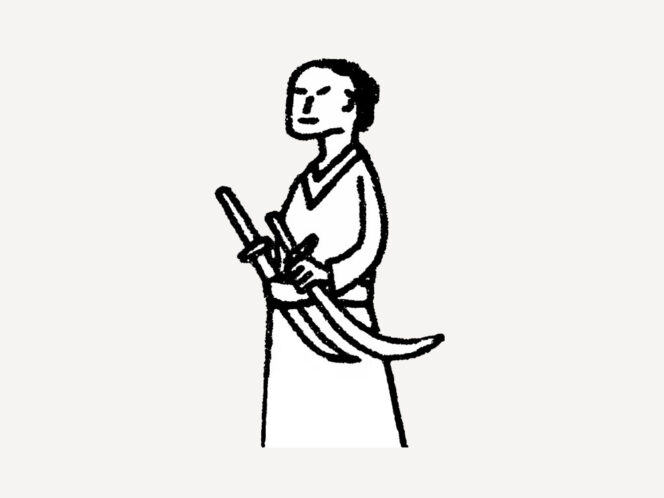
When Theodore Roosevelt, president of the United States, read Bushido: The Soul of Japan, he had 60 copies of the book delivered to him so that he could distribute them among his friends. Several decades later, the title fascinated yet another American leader, John F. Kennedy. The founder of the Scout movement, Robert Baden-Powell, also lists Bushido as one of his most important inspirations. What charm lingers around the samurai code? And how does it relate to history?
Samurai constituted a social class from the turn of the 7th and 8th centuries, when feudal structures subordinate to governors began to form in Japan. The emperor quickly ceased to hold sway over them, even while landowners retained private units of qualified warriors. The modern name ‘samurai’ derives from the Old Japanese verb saburau, which through phonetic evolution became samurau over time, meaning ‘to serve the master’. From the 12th century and the reign of the shoguns, the importance of warriors grew steadily.
And yet the book Bushido (from Japanese: bushi – ‘warrior’, dō – ‘way’) was not printed until 1899. The most important set of samurai rules saw the light of day three decades after the outlawing of this community and the banning of warriors from wearing the most important sign of belonging to the caste: a sword known as the katana. Japan was going through a major transformation and accelerated modernization at the time. The country, which had been closed and isolated for over 200 years, was forced to open its borders, and thus came a sudden change of social mores. In 1853, four American steam ships, led by Commander Matthew C. Perry, entered the port of Edo (today’s Tokyo). The Americans brought the emperor a letter from the president demanding the opening of ports and trade. The mere ability to navigate without sails, as well as the thick smoke coming from the chimneys, terrified the Japanese, therefore Perry’s crew did not even have to fire the guns on their ‘black ships’, as they were christened by the local people.
At the beginning of the 20th century, the European and American elites still knew little about the Japanese. Bushido: The Soul of Japan showed them in a new light and immediately became an international bestseller. The image of the samurai emerging from it painted them as noble warriors who








